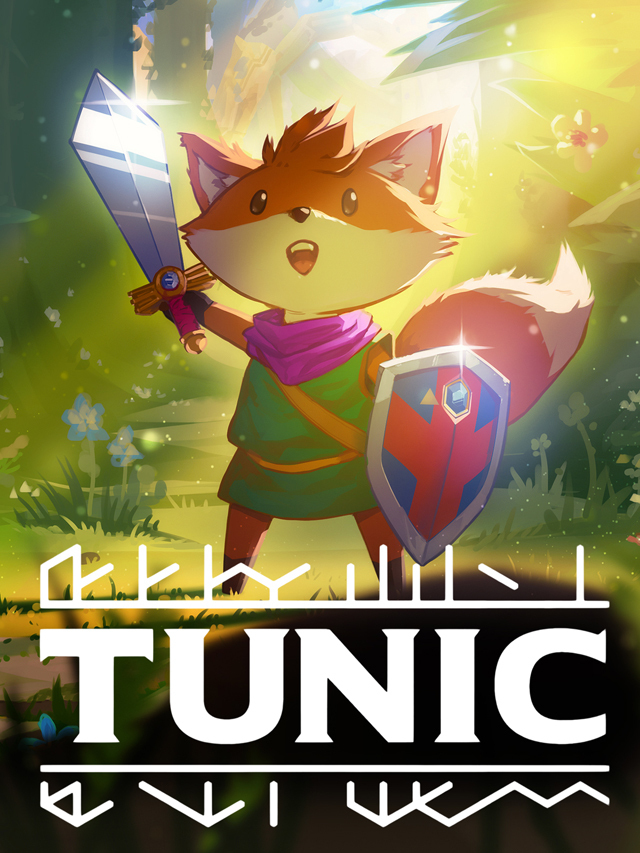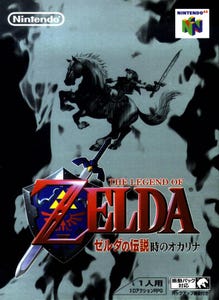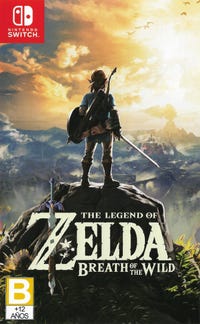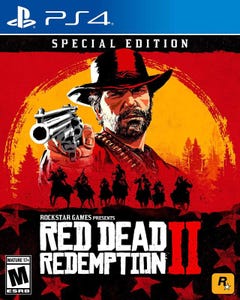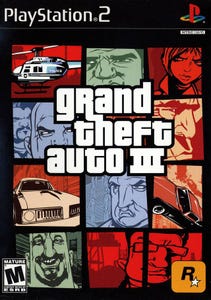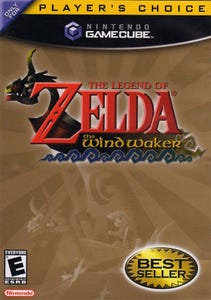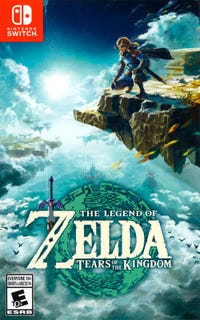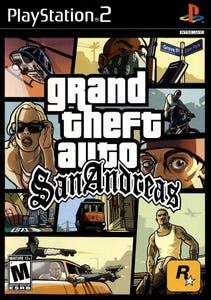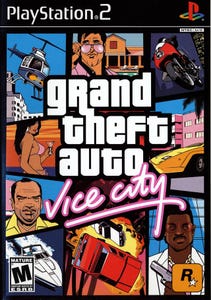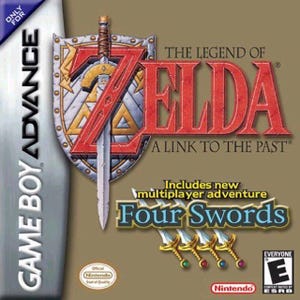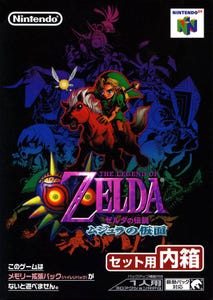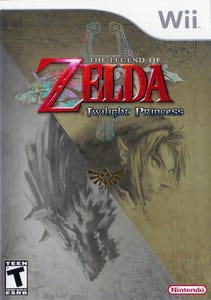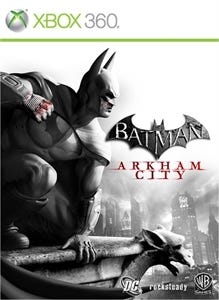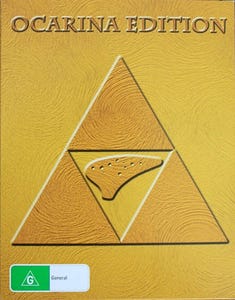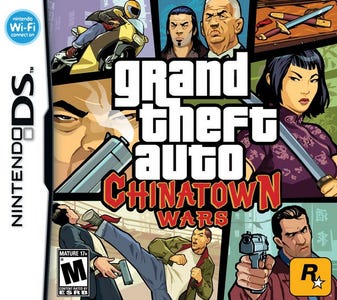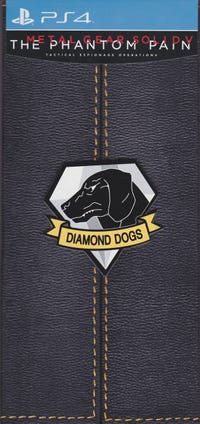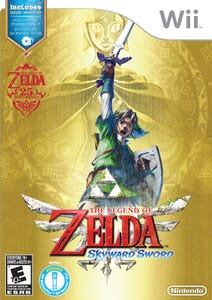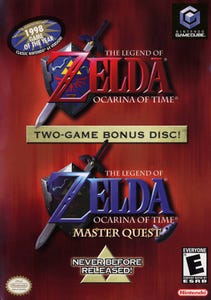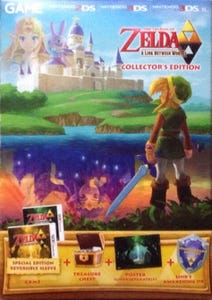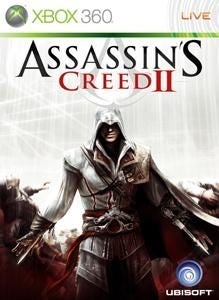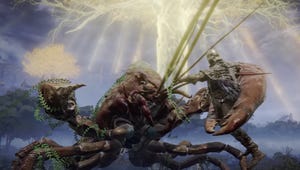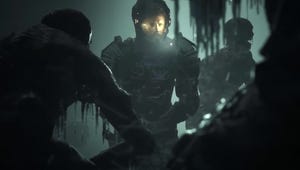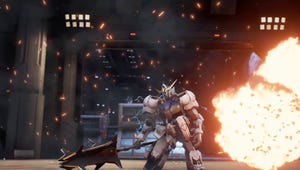X
Tunic
Released On: Mar 16, 2022
85
7.8
Where to Buy
Where to Buy
All Platforms
View All Platforms
Metascore
Generally Favorable
Based on 66 Critic Reviews
85
89% Positive
59 Reviews
59 Reviews
0% Mixed
0 Reviews
0 Reviews
2% Negative
1 Review
1 Review
Metascore
Generally Favorable
Based on 66 Critic Reviews
85
89% Positive
59 Reviews
59 Reviews
0% Mixed
0 Reviews
0 Reviews
2% Negative
1 Review
1 Review
Tunic comes at a perfect time; in the middle of a packed release schedule dripping with titles that delight in killing you, it’s a calmer, more mild-mannered take on the adventure game that wants to engage in a friendly dialogue. It doesn't want to yell at you – it wants to encourage you. To explore, engage, and experiment. It’s the perfect palate cleanser, taking anywhere between six and 20 hours, and absolutely essential if you’ve got a fondness for adventure games with a potion in their pocket, a cape around their neck, and a twinkle in their eye.
I’ve likened TUNIC to Fez, a similarly brilliant game that also shattered expectations, hid riddles in a new alphabet, and had an entire community rally around some of the larger secrets. I believe we’ll see the exact same here. The difference, however, is that TUNIC seems to be available to everyone, not just puzzle-minded nerds like me. As already mentioned, it’s a game of two halves. How deep the fox hole goes entirely depends on what the player wants to extract from the experience and I think that is just excellent. Not only is it one of the biggest surprises you can expect this year but it sets a new bar for design and minimalist storytelling, allowing players to slowly pick away at the world as new manual pages slowly drip-feed enticing clues about the true nature that lies beneath the cutesy surface. Like Pony Island, Doki Doki Literature Club, and Frog Fractions before it, TUNIC is going to be opening many people’s eyes to what a video game can do.
User Score
Generally Favorable
Based on 470 User Ratings
7.8
74% Positive
346 Ratings
346 Ratings
13% Mixed
59 Ratings
59 Ratings
14% Negative
65 Ratings
65 Ratings
User Score
Generally Favorable
Based on 470 User Ratings
7.8
74% Positive
346 Ratings
346 Ratings
13% Mixed
59 Ratings
59 Ratings
14% Negative
65 Ratings
65 Ratings
At first glance, Tunic might look like your typical breezy indie adventure. How wrong you’d be to think that. Underneath its cute exterior lies a tough-as-nails experience, designed to truly test your mettle. But here’s a game that also sports some of the most thoughtful, wonderful design elements you’ll ever find, all laid out in an interconnected, sprawling world that begs to be explored. Better yet, a range of accessibility options mean that absolutely anyone can experience Tunic, regardless of their skill level. And by god, they should. It really is something special.
Tunic is an isometric action game where players take on the role of a small fox on a big adventure in an unforgiving world. It might look cute, but it is far from soft, presenting a unique, cleverly mixed fusion of Souls-like combat and Zelda-like exploration and puzzles.
Tunic is a masterpiece of adventure and exploration. More than a tribute to Zelda, it is a game that deserves your full attention.
Old school adventure sensibilities and an expertly-designed puzzle box world combine in this charming and engaging indie gem.
Tunic desperately tries to recreate the magic of classic Legend of Zelda games, all too often doing so to a fault. It tries to be hands-off and instead leaves the player with no idea of where to go. It wants to have simple combat, akin to something like the Zelda Oracle games, but that approach gets stale incredibly fast here. More than anything though, Tunic left me feeling lost in its mysteries, which I didn’t want to solve out of need or drive, but because I couldn’t bear them anymore.
To begin with the conclusion, I feel that if this game is hyped as the annual independent game, it is somewhat overrated. After playing for a few hours, defeating the first BOSS and ringing the bell in the western region, I compared it with video walkthroughs, and the progress seems to be around 1/5 to 1/4.Looking at the achievement completion rates:- "One Stick" achievement for real players (97.2%)- "A Sword!" achievement for starting players (82.8%)- "Ring the Bell in the West" achievement for players just out of the novice stage (54.2%),the numbers are frightening. It means that almost half of the players who spent money gave up the game without even passing the first BOSS.Some call this game "Hulda," and while it does have some elements reminiscent of Zelda, if you've played the early top-down Zelda, you won't think so. The game lacks the sandbox puzzle-solving aspect, but it borrows elements from Dark Souls:1. "Bonfire" where you can sit, replenishing health potions while monsters respawn.2. Complex passages with various shortcuts and the overflow of "soul essence" on the screen.3. High-difficulty BOSS fights (varies from person to person).4. Low or high-difficulty small enemies (depending on the author's choices).5. Death burden (not everything is lost).6. Weak guidance + obscure storytelling.7. Familiar stamina bar **** theory, being like Dark Souls shouldn't be a bad thing, so why do I find it not enjoyable, or why did almost half of the players give up before even passing the first BOSS? I checked, and in Dark Souls 3, only 66.3% of players defeated "Pontiff Sulyvahn."I thought about it, and here are a few points:1. Difficulty relying on overwhelming enemies; the three-person laser floating cannon is memorable. Once activated, if not dealt with at the beginning, there are almost no remedies once the three separate.2. No parkour; after death, you can only systematically clear enemies. If you dare to parkour, you'll attract a lot of attention.3. The instruction manual system drags down the overall completion rate of the game. Some basic game design intentionally hides information, causing players to get stuck. - I'm not sure how many people, without looking at a walkthrough, know that the game has skill points and teleportation. Teleportation is granted after ringing the bell, but in reality, you can teleport early on. There's no button prompt when you stand on it, and I initially thought there was nothing there, and later I found out you have to press it for 3 seconds. If you wanted players not to teleport at the beginning, you could have disabled it before giving the explanation. Allowing teleportation but deliberately not notifying players is a questionable design. - Another more serious issue that can cause many players to get stuck is the author subtly telling you how to allocate skill points. The game can obtain skill point items early on, but the instructions for it are vague. The items in the system menu are all labeled as "???" and can only be used at the bonfire. There is no clear error message for using them elsewhere. The achievement for allocating points for the first time is only 58.9%, and the first BOSS has a pass rate of only 54.2%. If these fundamental and non-narrative features are hidden, players might have progressed if these were more transparent.4. Lack of depth in the combat system; the monsters' attack patterns are very simple, and our attacks are also straightforward. If it's one-on-one, it's easy, but in a group, due to the somewhat stiff character movements, it becomes chaotic. Zelda is simple too, but the maze puzzles are interesting. Here, it seems the focus is on appreciating Dark Souls-style map **** mid-to-late game may improve, but based on my experience here, I don't plan to continue.-Good- (about 1/4 progress):- Beautiful low-polygon art style- Manual design (referring to the UI part)- Well-executed soulful map design-Bad- (about 1/4 progress):- Manual design (part causing getting stuck)- Mediocre music- Similar to Zelda but lacks puzzle-solving- More challenging (annoying) combat experience than Dark Souls- Lack of depth in the combat system, stiff character controls
Don't really understand the hype, but it's a not too bad. Let's hope Nintendo can show us again some day how it's really done.
Unfortunately disappointed. It starts with controls and ends with guiding through the maps. In addition I personally think the puzzles all related to the manual are making things unnecessarily difficult. The nice details get lost in basics that just dont feel right. I had it very often, that I needed to check seconds sources to check what to do next. A clear path was missing for me. Controls during combats in my eyes feel way too slow and clumsy. Sometimes it feels like things are just not reacting / working. All in all a very good try but price and basic gameplay do not match in the end. Its one of the rare games I stopped playing after a while because it wasnt fun anymore. Better basic gameplay, controls and a clear path would have made this game way better instead of adding all this puzzles in the manual. Its like the clear concept got lost at a certain point.
I was really looking forward to this game. I'm a huge classic Zelda fan and loved the indie game Death's Door from last year. I'm about three hours in and incredibly disappointed. The game looks great, but the feel is all wrong. Your character moves like molasses and the combat is simply dreadful - your attacks knock enemies back, but you move incredibly slowly, meaning every encounter, you hit an enemy, then have to close distance to hit it again. You have a stamina meter and dodge a la Dark Souls, but the meter depletes incredibly quickly and replenishes very slowly, so I find myself reluctant to use it for anything. The first boss battle was a tedious slog because the boss moves way faster than you do, and if you try to use your roll (or run, which is initiated by rolling) to close distance, you'll run out of stamina, be unable to block, and take double damage.
The world design is... all right? There's something odd about the blocky art style though - it's very difficult to tell what connects to what. Several times I've been trying to walk across something, only to hit the 'shift perspective' button and realize that what I thought connected to the platform I was standing on is actually twelve tiles away.
There are lots of good ideas here but the game badly needed some playtesting to adjust the combat mechanics and flow. Unfortunately, I'm finding it incredibly tedious and not fun at all. If you're looking for a great Zelda-esque title that incorporates some elements of Dark Souls with a compelling story and fun combat, play Death's Door.
Summary Tunic is an isometric action adventure about a tiny fox in a big world. Embark on an adventuresome questabout set in that place just beyond the farthest you’ve ever been. Explore ancient ruins, fight monsters and uncover mysterious secrets. The world is big and scary — so be brave, little one.
Platforms:
- PC
- Xbox One
- Xbox Series X
- PlayStation 5
- PlayStation 4
- Nintendo Switch
Initial Release Date: Mar 16, 2022
Developer:
- ISOMETRICORP Games
Publisher: Finji
Genres:
